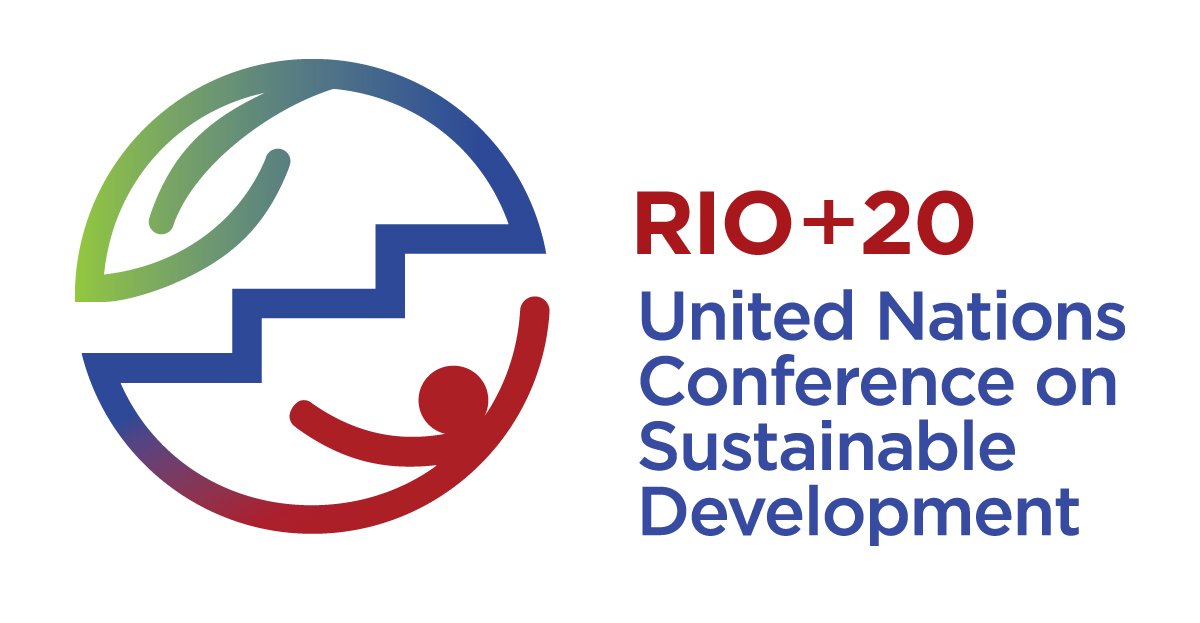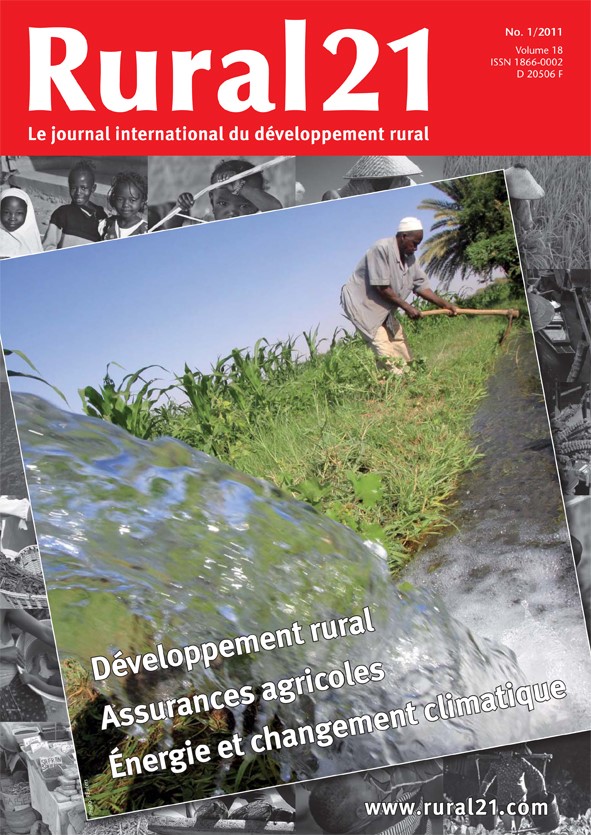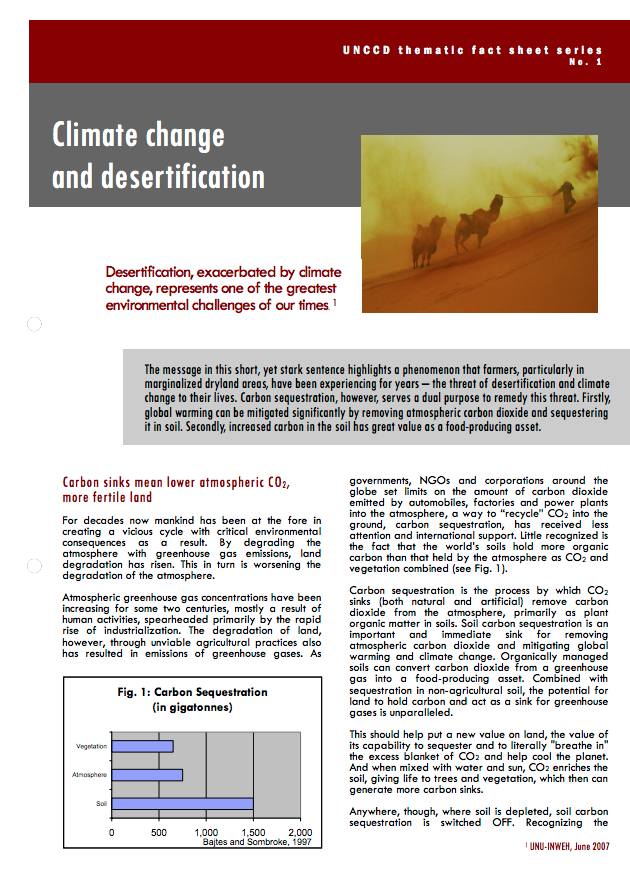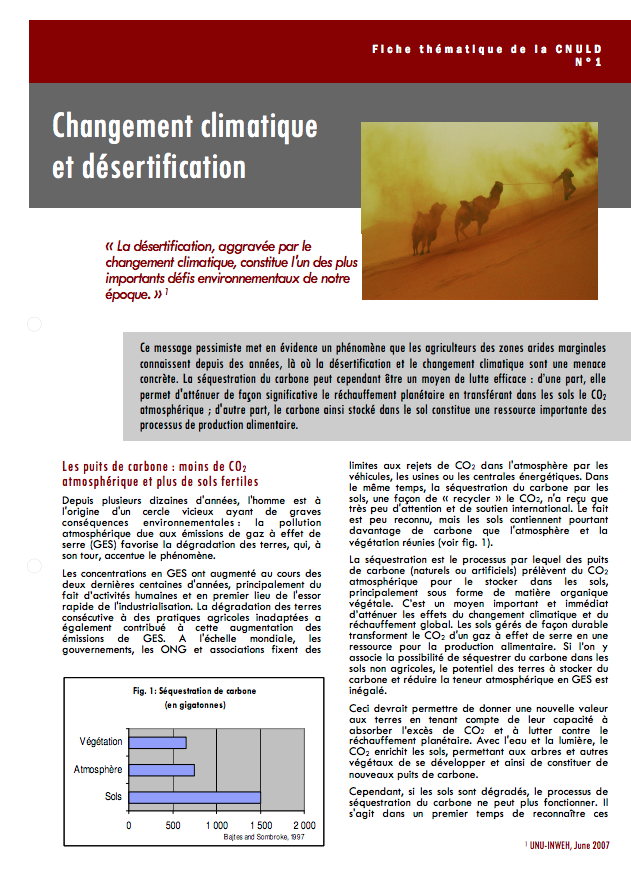Asia Pacific Regional Preparatory Meeting For Rio+20: Women's Major Group Statement
[From AWID] We, the Women’s Major Group representatives* at the Asia Pacific Regional Preparatory Meeting for Rio+20 call on governments to reaffirm their commitments to Agenda 21 and the Beijing Platform for Action, and fulfill their obligations to the Convention on the Elimination of all forms of Discrimination Against Women (CEDAW) and the International Covenant on Economic, Social and Cultural Rights.







